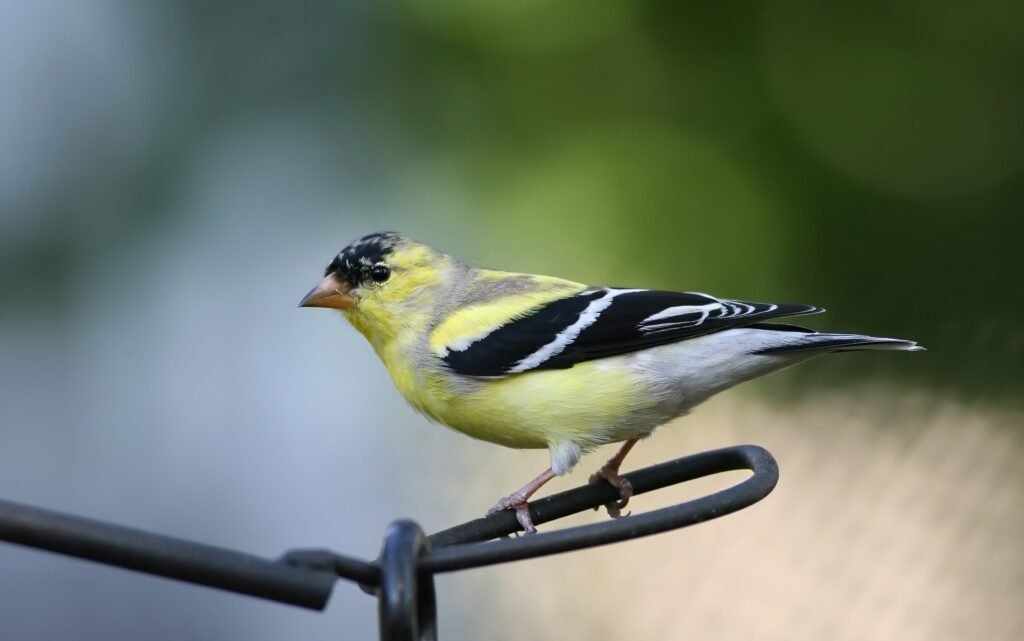What types of toys do birds use happily? Bird play goes beyond fun—it is integral to maintaining robust mental and physical health for feathered companions. Recent research draws attention to hazards in many commercial options and highlights innovative alternatives fashioned entirely from bird-safe woods, palm leaves, and raffia.
This discussion examines how nature-inspired toys offer superior stimulation while minimizing risks. It provides a comprehensive perspective that challenges conventional practices in avian amusement devices, inviting readers to reconsider the role of safe, engaging play in bird enrichment.
What Types of Toys Do Birds Use: Categories and Benefits

A diverse assortment of play objects stimulates physical movement and mental exertion in birds, mirroring tactics used by military units to maintain readiness through varied exercises. Toys promoting foraging behavior have been designed to mimic natural food-search activities, encouraging birds to locate hidden treats.
Wooden nibble objects are integrated into designs that combine structure with edibility, prompting birds to engage in safe, controlled destruction that offers physical relief and mental engagement.
For items that combine comfort with stimulation, plush fabric distractions provide soft surfaces that permit tactile exploration. These fabrics offer variation in texture, promoting motor skills while calming the bird’s alert state. Interactive puzzle challenges require birds to manipulate parts, reinforcing problem-solving skills that relate to cognitive functions seen in disciplined training scenarios.
Creative mental workouts lean on variable designs that provoke curiosity by blending sensory input with task completion.
Items promoting climbing and preening behaviors facilitate exercise that simulates natural stretching and grooming actions. Chew or destructible toys allow pet birds to safely release built-up aggression, managing behavior while fulfilling their instinct to dismantle objects.
Each type of play object meets different physical or mental demands, ensuring that birds remain engaged through routine rotations and repositioning of toys within their enclosures. These diverse categories of toys provide a tactical approach to enrichment, marrying safe material choices with designs that cater to birds’ instinctual needs and combat stagnation in their environment.
What Types of Toys Do Birds Use: Expert Recommendations and Comparative Insights

Expert evaluations emphasize the integration of treat-based training to promote consistent interaction with bird toys. Such approaches build long-term play habits while ensuring that birds remain actively engaged. Responsive nuanced models constructed from natural, destructible materials support healthy aggression management and serve as effective platforms for cognitive challenge.
Expert advice encourages the selection of versatile leisure constructs that mimic natural foraging and controlled dismantling behaviors rather than relying on expensive commercial options made with hazardous low-quality components.
Comparative insights drawn from behavioral research mirror tactical gear assessments, focusing on safety, engagement, and maintenance. The table below offers an overview of typical toy types on these key parameters.
| Toy Type | Safety Rating | Engagement Level | Maintenance Frequency |
|---|---|---|---|
| Foraging Toys | 9/10 | High | Low |
| Chewable Toys | 10/10 | Moderate-High | Medium |
| Interactive Puzzles | 8/10 | Very High | Medium-High |
Experimentation with chewable designs has confirmed that birds benefit from toys incorporating controlled destruction. Robust timber entertainers and versatile leisure constructs offer varied textures and mental challenges, reinforcing positive behavior.
Expert recommendations stress that cost-effective, naturally designed toys consistently outperform high-priced, dangerous alternatives, much like tactical evaluations used in military gear assessments.
Final Words
In the action, the article explored safe, stimulating options while addressing what types of toys do birds use.
Key insights covered natural material selection for enhanced play, the categorization of toys to trigger natural instincts, and detailed safety and upkeep protocols.
Expert recommendations provided tactical comparisons that align with birds’ behavioral needs.
Practical guidance on toy rotation and maintenance promotes sustained engagement.
A positive outlook remains on using informed choices to support birds’ physical and mental activities effectively.
FAQ
Q: What toys are best for pet birds?
A: Birds benefit most from foraging toys, puzzle feeders, rope perches, and natural wood items. These toys stimulate natural behaviors like pecking, climbing, and problem-solving.
Q: How many toys should a bird have at once?
A: Birds need 4-6 different toys in their cage simultaneously. This selection should include a mix of foraging, chewing, and interactive toys, rotated regularly to maintain interest.
Q: What are safe materials for bird toys?
A: Natural materials such as untreated wood, cotton rope, palm leaves, and stainless steel components provide safe options for bird toys. Avoid toys containing zinc, lead, or small plastic parts.
Q: How do I keep my bird entertained?
A: Provide a variety of toys that encourage foraging, climbing, and problem-solving. Rotate toys weekly, offer different textures, and include shreddable items for mental stimulation.
Q: What homemade toys can I give my bird?
A: Paper towel rolls, untreated pine cones, cardboard boxes, and natural fiber ropes make excellent DIY bird toys. These items support natural foraging and shredding behaviors.
Q: How often should bird toys be replaced?
A: Replace bird toys when they show signs of wear, damage, or heavy soiling. Most toys need replacement every 3-6 months, depending on usage and material durability.
Q: What are foraging toys?
A: Foraging toys are devices that hide treats or food items, requiring birds to work to access them. These toys include puzzle feeders, treat balls, and compartmented containers.


